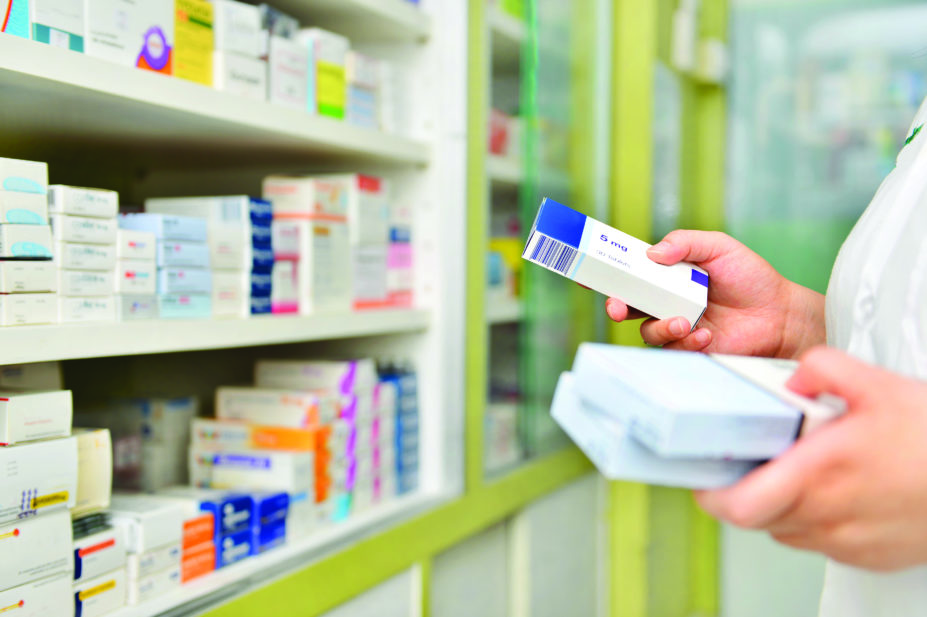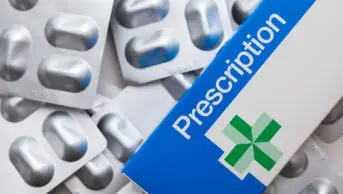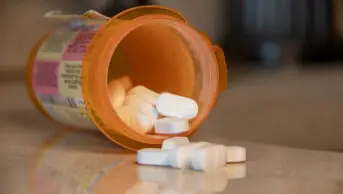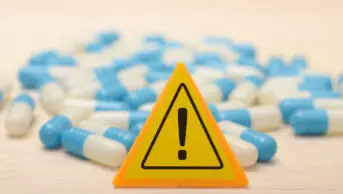
Shutterstock.com
Reporting of patient safety incidents decreased by 45% between April 2020 and June 2020, compared with the previous quarter, and by 41% compared with the same quarter in 2019, according to the National Pharmacy Association’s (NPA’s) most recent medication safety update.
Although the reporting platform does not allow selection of COVID-19 as a contributing factor, 10% of incidents reported to the NPA in the three-month time period identified COVID-19 work pressures under ‘other important factors’ contributing to incidents.
The report from the NPA acknowledged the “increase in demand” in community pharmacies during the COVID-19 pandemic. It also highlighted that the Medicines and Healthcare products Regulatory Agency had reported a decrease in Yellow Card reporting, “especially from healthcare professionals”, during the pandemic.
“This is a significant reduction in the number of incidents being reported,” said a spokesperson for the NPA.
“This may be due to the increased workload and pressure on pharmacy teams due to the COVID-19 pandemic, whereby pharmacy teams may not be prioritising reporting of patient safety incidents, or due to other, as yet unknown, reasons. We continue to raise awareness of the importance of reporting incidents.”
Claire Anderson, chair of the Royal Pharmaceutical Society’s English Pharmacy Board, said that the “unprecedented demand” for pharmacy services during the COVID-19 pandemic had put “huge” pressures on pharmacists and their teams to provide safe and effective care.
“These results show that urgent action is required to better support staff to make it easier to report these incidents,” she said.
“We should all be listening to pharmacists on the frontline so we can learn from the lessons and experiences of the pandemic.”
Anderson said that pharmacy teams must receive the support they need to help them continue to deliver the highest standards of patient care, particularly during pandemic and emergency situations.
“We are continuing to discuss these issues with the government to further support our profession,” she added.
Of those incidents that were reported, ‘work and environment factors’, including time pressures, understaffing and poorly organised working environments, continued to be the main contributing factor reported, while ‘look-alike, sound-alike’ medication was the second-largest contributing factor to the errors reported.
The vast majority of incidents that were reported originated from the pharmacy, and the most common type of incident reported during quarter two of 2020 was ‘dispensing errors’, which accounted for 83% of all reported incidents.
The main categories of errors reported were those involving medication errors, such as the wrong drug, strength or formulation.
However, the degree of harm caused to patients reported as ‘none’ (60%) and ‘near miss’ (25%) made up the majority of the report, and there were no incidents reported which resulted in ‘severe harm’ or ‘death’.


